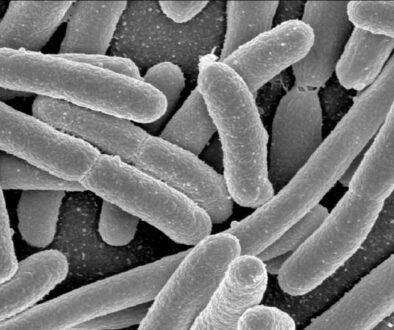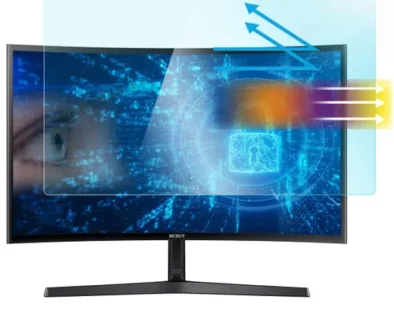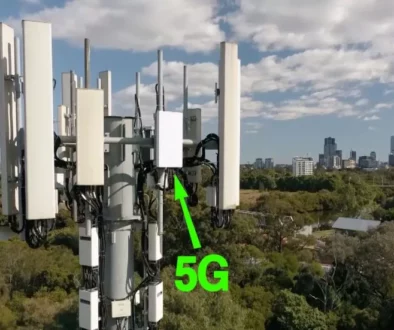Letter about EMF
I am sending this letter to organizations and individuals whom I know, or who have expressed interest in working with me. Those of you who wish to collaborate diligently to break through the wall of denial that surrounds us, please email me and I will facilitate the creation of an international working group.
Below I will outline some of our areas of disagreement that have prevented unity, and suggest solutions that will allow us to have a real effect on the world. A tool for creating change throughout society — a Policy Brief on Electrosmog — has already been developed; let us make use of it. I am sending this letter one week before an International Declaration on the Human Rights of Children in the Digital Age will be delivered to the United Nations. That Declaration is a start at unity. Let us take advantage of it and begin to really work together.
I have been an EMF scientist for 42 years and an activist for 27. Since I started my work on this issue, the irradiation of our bodies, our homes and our planet has intensified more than a million-fold in amplitude, in bandwidth, in the number of signals, in the number of devices, and in every other respect. Even if we all become united, it is not clear that we can succeed in awakening the world to this reality and reversing it. But if we remain fragmented, it will certainly not happen and we will shortly not have a planet to live on. We almost don’t already. Hence the emergency and the reason for this letter.
Here are some of the problems I see, that I throw out for discussion:
- The majority of us own cell phones.
I see this as a problem of credibility. Even the briefest, most infrequent use of a cell phone requires all the cell towers and satellites in the world to be there at our beck and call. Just the ability to use a cell phone requires the 24/7 irradiation of every square inch of the Earth, sky and oceans. In addition, it seems hypocritical to protest cell towers with a cell phone in one’s hand. To do so is to say to the world: “Telecommunication companies do not have the right to harm me. But I have the right to harm my family, friends and neighbors.” We harm them with the radiation not only from the cell towers that we command, but directly through space from our phones to other human beings.
Only if we unite in large enough numbers in not only advocating their elimination, but in actually throwing our cell phones away, can we begin to be effective, and to have hope for a future on Earth.
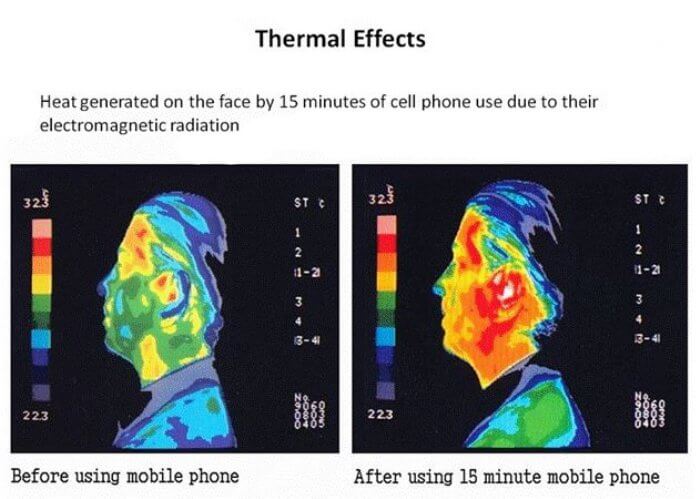
- We are still asking governments to reduce the allowable “levels” of radiation.
This is where I came in, 27 years ago. More than 50 organizations around the United States joined together in 1996 in taking the Federal Communications Commission to court for adopting RF exposure limits that we said were too high. But what we did not recognize in 1996 and what most people still do not recognize today is this: not only is there no safe level of RF radiation, but there is not even a safer level, and a reduction in power does not protect anyone. As Kositsky, Nizhelska and Ponezha wrote in their literature review in 2001, it is the informational content of a signal (frequency, modulation, polarization, etc.) that affects biology, not its power level:
“A significant (if not main) role is played by informational interactions. These are characterized by the transformation of information and its transmission, codification and storage. Biological effects associated with these interactions depend not on the strength of the energy carried into one or another system, but on the information carried into it… It follows simply from experiment that the energetics of external electromagnetic exposure plays no role; even relatively low (threshold) levels suffice.”
All of the pioneers of EMF research, including Allan Frey, Ross Adey and Neil Cherry, have said the same thing: the only safe level is zero. Robert Becker, on page 312 of The Body Electric, said “the accumulated research has clearly shown that small doses often have the same effect effects as larger ones.” Researchers like Carl Blackman at the Environmental Protection Agency found amplitude windows of maximal effect for calcium efflux from brain cells. The most prolific researchers of the blood-brain barrier, Leif Salford and his neurosurgery team at Lund University, found the greatest damage to the blood-brain barrier at the lowest, not the highest levels of exposure, and they concluded that holding a cell phone at some distance from you increases the damage. As Mae-Wan Ho wrote, “One of the hallmarks of an organism is its exquisite sensitivity to specific, subtle signals.”
No researchers, except those paying attention only to thermal heating, have ever shown that decreasing the power level makes RF radiation safer. Yet everyone still wants to believe it, and year after year, in protest after protest, petition after petition, proposed law after proposed law, no one is asking for anything except lowering the permissible exposure level. Everyone assumes there is a way to have your cake and eat it too, and we are plunging over the proverbial cliff into biological oblivion.
Distance from a source can make a difference, not because the power level decreases, but because reflections destructively interfere with the direct signal, and because objects get in the way. When the signal is degraded, it becomes less coherent, contains less information, and has less biological effect. This has nothing to do with power level, and everything to do with being able to use a cell phone at all.
- Does “EHS” (electromagnetic hypersensitivity) exist?
From my point of view, it does not exist, it is not defined, and we will never be effective until the use of the term and the concept of “EHS” ends. To me this is obvious: we do not call all the dead and dying birds, bees, animals and forests “hypersensitive.” Only human beings and only to EMFs. Even with humans, when we are poisoned by anything else, for example, lead, we have lead poisoning, not “lead hypersensitivity.” All the term “EHS” does is perpetuate wireless technology. It lulls the mainstream population of the world into believing that the radiation is only harming a few abnormal people. It is part of the deep denial that the universal use of wireless devices has spawned and depends on.
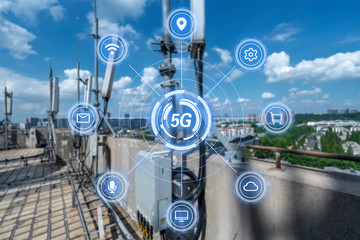
Some researchers define damage to humans by EMFs as “hypersensitivity.” For example, Magda Havas’s 2012 study on heart rate variability, republished in 2021, has just been circulated among us to confirm the reality of “EHS.” But it does just the opposite. I know and respect Magda, and I was in the room with her here in Santa Fe in 2008 when she was recruiting subjects for this research. But I had some concerns about the study design and I did not participate. She exposed 69 individuals to a cordless telephone, found that the radiation affected the heart rate of 46 of them, and defined those people as electromagnetically “hypersensitive.” In other words, the heart rates of two-thirds of all her subjects — both the 39 individuals who called themselves “EHS” and the 30 individuals who did not — were affected by the cordless phone. And the rate of agreement between self-perceived “EHS” or not and actually being affected by the cordless phone or not was only 42%, which was less than random chance. This study had major flaws: no statistical analysis of the data was done; the subjects were not questioned about their own use of cordless phones or cell phones, which could have something to do with how they reacted to one during the experiment; and every subject wore an “electrode belt with transmitter … on the person’s chest near the heart, against the skin,” which meant their heart was exposed to radiation during the entire experiment, whether the cordless phone was on or off.
What Magda’s study proves, and what every other study I have seen proves, is not that some people are “hypersensitive” to EMFs and others aren’t, but that everyone is affected, and that this can be proven by measuring heart rate variability, blood sugar, blood pressure, and any number of other physical parameters.
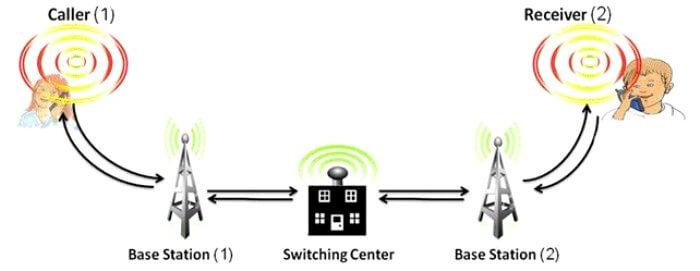
And the problem is not lack of studies — there are already more studies on the effects of EMFs on humans, animals, insects, birds, fishes and plants than on almost any other toxin. Indeed, our world is so saturated with such a huge bandwidth of technological frequencies, which cannot all be shielded against, that everyone on earth is permanently and inescapably exposed and no truly controlled experiments can be done any more.
The problem is not a lack of studies, but the deep-seated denial that exists throughout our cell-phone-using society.
- Communication with mainstream society is lacking.
I get invited almost weekly to attend or give a talk at an increasing number of in-person conferences, online conferences, Zoom meetings, podcasts, etc., reflecting a more and more insistent need to educate one another, but that is all I see happening. We are talking to one another and not to the rest of society. And to a degree this can lead to a conspiratorial mindset, widespread in all of society today, which views the world in terms of “us” and “them.” I am constantly having to deal with climate change denial, “chemtrails,” and other ideas that it seems to me are painting all of us with a conspiratorial brush, preventing mainstream science from taking EMFs seriously, and dissuading mainstream environmental organizations from working with us. I throw this out there because I see it as a major impediment to accomplishing something.
Here is an existing tool that can be applied throughout society:
ELECTROSMOG POLICY BRIEF
On July 12, 2023, I, together with my assistant Kathleen Burke, and Ian Jarvis, Christof Plothe and Tess Lawrie of the World Council for Health, published an Electrosmog Policy Brief ( https://cellphonetaskforce.org/electrosmog-policy-brief/ ) that was eight months in the making and that to date is supported by 30 organizations in 11 countries. It describes the major elements of wireless technology, what they are doing to the world, and realistic steps that need to be taken to reverse our dependence on this technology and save our planet from extinction. It is guidance to governments, legislators, environmental organizations, schools, and religious, political and community leaders. It is the first document ever written that lays out the terms of an international treaty on electrosmog that should be adopted.
This policy brief can be a focus of united action by all of us working together. I invite every organization to whom I am sending this email to sign on to this Policy Brief, if it has not already done so; if you represent an organization just reply to this email and I will add it to the list of supporters. We will then need to organize, unite, and begin presenting it to local, national and international bodies.
For the Earth,
Arthur Firstenberg
President, Cellular Phone Task Force
Author, The Invisible Rainbow: A History of Electricity and Life

